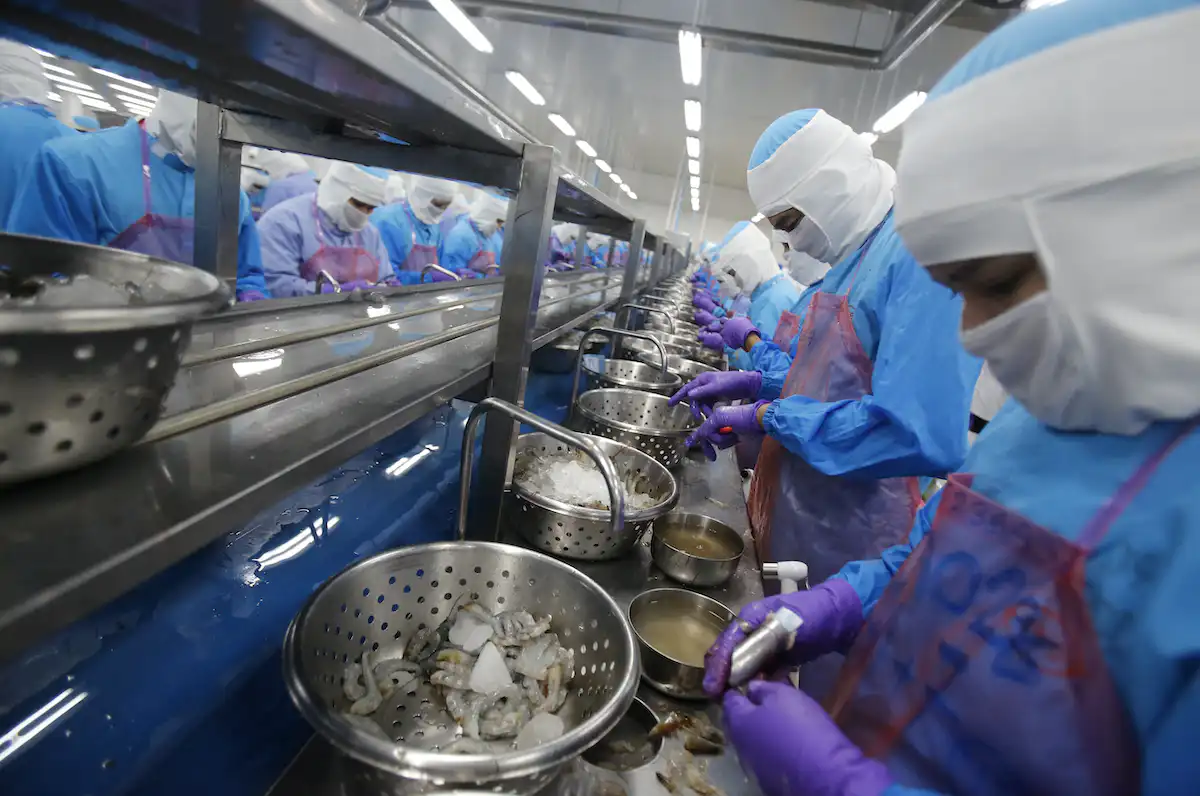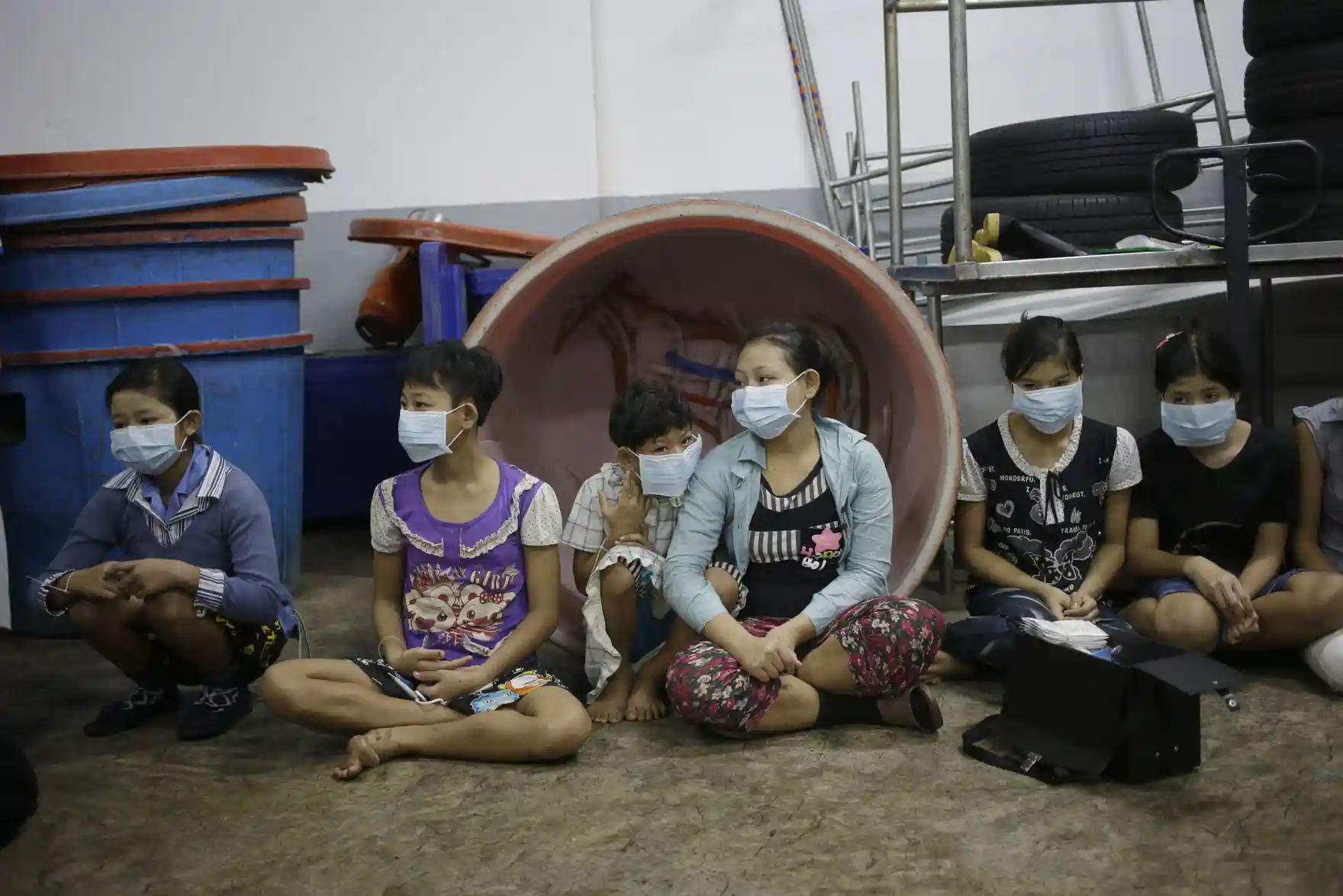Shrimp and Slavery

PC: Sakchai Lalit/AP
Tired. Hurt. Hopeless. These are probably not three words you'd use to describe shrimp, however, the global shrimping industry weaves a malicious web, hidden in plain sight.
For years now, there has been increasing evidence revealing the shrimp slave trade, and honestly, I'm wrecked reading these reports and watching documentaries.
Thailand has become one of the world's largest shrimp providers, where slave-peeled shrimp is sent to the US, Europe, and Asia. Several of the people working in the shrimp-peeling industry are human-trafficked, ranging from children (who stand on stools to reach the peeling tables), young (pregnant) women, and men. Many workers are also undocumented, which their managers (unjustly) hold over their heads. Guards stand watch 24/7 in these peeling sheds, with threats to kill anyone who attempts to escape or alert authorities.

PC: Dita Alangkara/AP
3am - Wake up. Peel shrimp for at least 16 hours. Maybe take a short break during that time.
7pm - Finish work.
10pm - Go to bed.
Repeat for days on end.
This is a typical schedule for those involved in the shrimp-peeling (slave) industry.
As seen in several raids, shrimp sheds share gruesome some conditions, such as: overflowing toilets, blood on the tables and floors (with documentation of women miscarrying while at work, unable and unallowed to seek medical attention), and workers covered in scabs and scars from abuse and allergic reactions (and, I'm saving you from other gory, atrocious details).
This shrimp is sent to various large-chain stores and even some restaurants in the United States. Several of the large chain suppliers in the US have not commented to various journalists regarding this issue. There are some, however, who are voicing concern and stating desire to implement change.
So, what can we do as consumers?
Boycotting shrimp could make some waves, however, it could push the shrimp slave trade even more underground.
We can voice our concerns to large retailers and to our government to enforce stricter regulation and transparency of our food and other imported products. We could also ask governments to support fishermen who are operating legal operations, providing resources and assistance/support to further their humane and just operations.
Ultimately, use your voice!
Ask where your shrimp is sourced from. If they are unable to provide an answer, open your eyes to that red flag.
Utilize resources such as: (1) Monterey Bay's Seafood Watch Program, specifically their Seafood Slavery Risk Tool [more consumer-based] (2) The Slavery and Tracking Risk Template (3) Labor Safe Screen [2 + 3 more business-based].
Share these resources with others.
Awareness is one of the first steps to action and justice.
Together, we can make a difference.
for the love of the world + all on it.
x o, rachel
Questions? Comments? Want links to articles or documentaries? Send me a message, or comment below!
Sources:
Mason et. al. (2015). Associated Press/The Guardian. https://www.theguardian.com/global-development/2015/dec/14/shrimp-sold-by-global-supermarkets-is-peeled-by-slave-labourers-in-thailand
Leschin-Hoar. (2018). NPR. https://www.npr.org/sections/thesalt/2018/02/01/582214032/was-your-seafood-caught-with-slave-labor-new-database-helps-retailers-combat-abu
Yea and Palmer. (2021). The Conversation. https://theconversation.com/why-is-it-so-difficult-to-stamp-out-seafood-slavery-there-is-little-justice-even-in-court-152179
